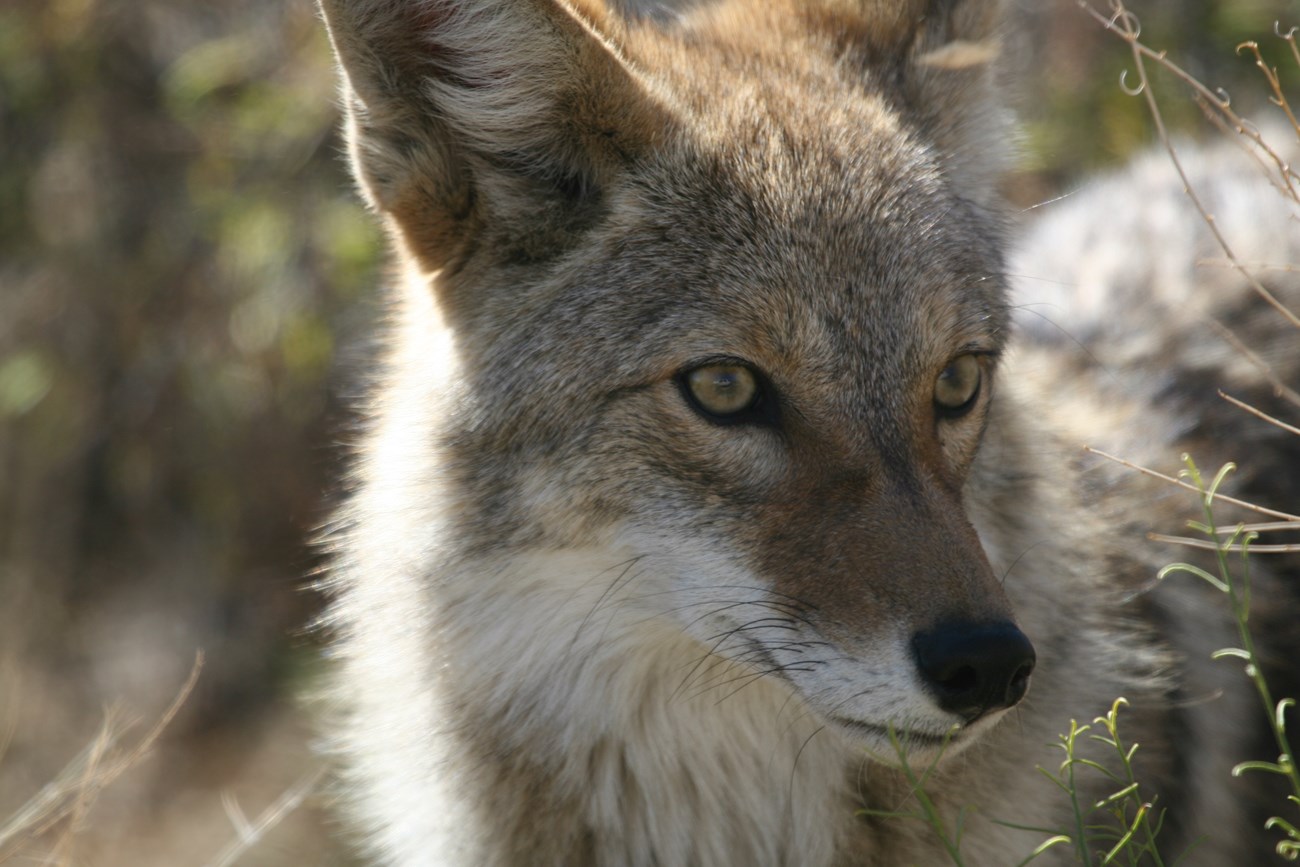Last updated: April 2, 2025
Article
The Sounds of Summer

NPS
The sounds of our environment enhance perceptions in ways unique from sight. Summer is the perfect time to reflect on what you hear in the world around you. Practice deep listening to hear "in every possible way to everything possible to hear ... the sounds of daily life, of nature, of one’s own thoughts, as well as musical sounds.” - American Composer Pauline Oliveros
From hissing geysers to battlefield trumpets, sounds are part of a web of resources that the National Park Service (NPS) protects. They reveal the special qualities that define these places. The NPS invites you to practice deep listening to hear the rich range of sounds that rise from the ground around you, from the familiar to the unusual.
Some sounds are so common we may take them for granted and not hear them at all, like crickets on a summer night. Other sounds are unexpected and stand out; the shake of a rattlesnake’s tail, boom of thunder, or roar of wildfire bring us to full attention. Some sounds are delicate and fleeting, like a woodpecker’s tap, or the rustle of birds in the brush. Cultural sounds also define our listening experiences, from the honk and hum of traffic to children at play. Silence, too, plays a part in the sonic scene. By paying attention to these layers of sounds, we come to know and appreciate another aspect of our environment. What are some common sounds in your environment?
-
Frogs and Coyotes
Sloans Pond provides a unique habitat in the park. At night the area comes to life with the sound of frogs and the distant calls of coyotes.
- Credit / Author:
- NPS/ Jonathan Rager

Whether you are in your neighborhood or a national park, we hope your summer inspires you to reflect on the range of sounds around you!
Learn more about sound and sound resources:
• National Park Service Natural Sounds Website
• Natural Sounds Website Sound Gallery
• Enhance Your Soundscape
• Yellowstone National Park Sound Library
• Yellowstone NP Audio Postcards
"Deep Listening is listening to everything all the time, and reminding yourself when you're not. But going below the surface too, it's an active process. It's not passive. I mean hearing is passive in that soundwaves hinge upon the eardrum. You can do both. You can focus and be receptive to your surroundings. If you're tuned out, then you're not in contact with your surroundings. You have to process what you hear. Hearing and listening are not the same thing." —Pauline Oliveros (1932-2016)
Julie West, Communications Specialist, Natural Sounds and Night Skies Division
